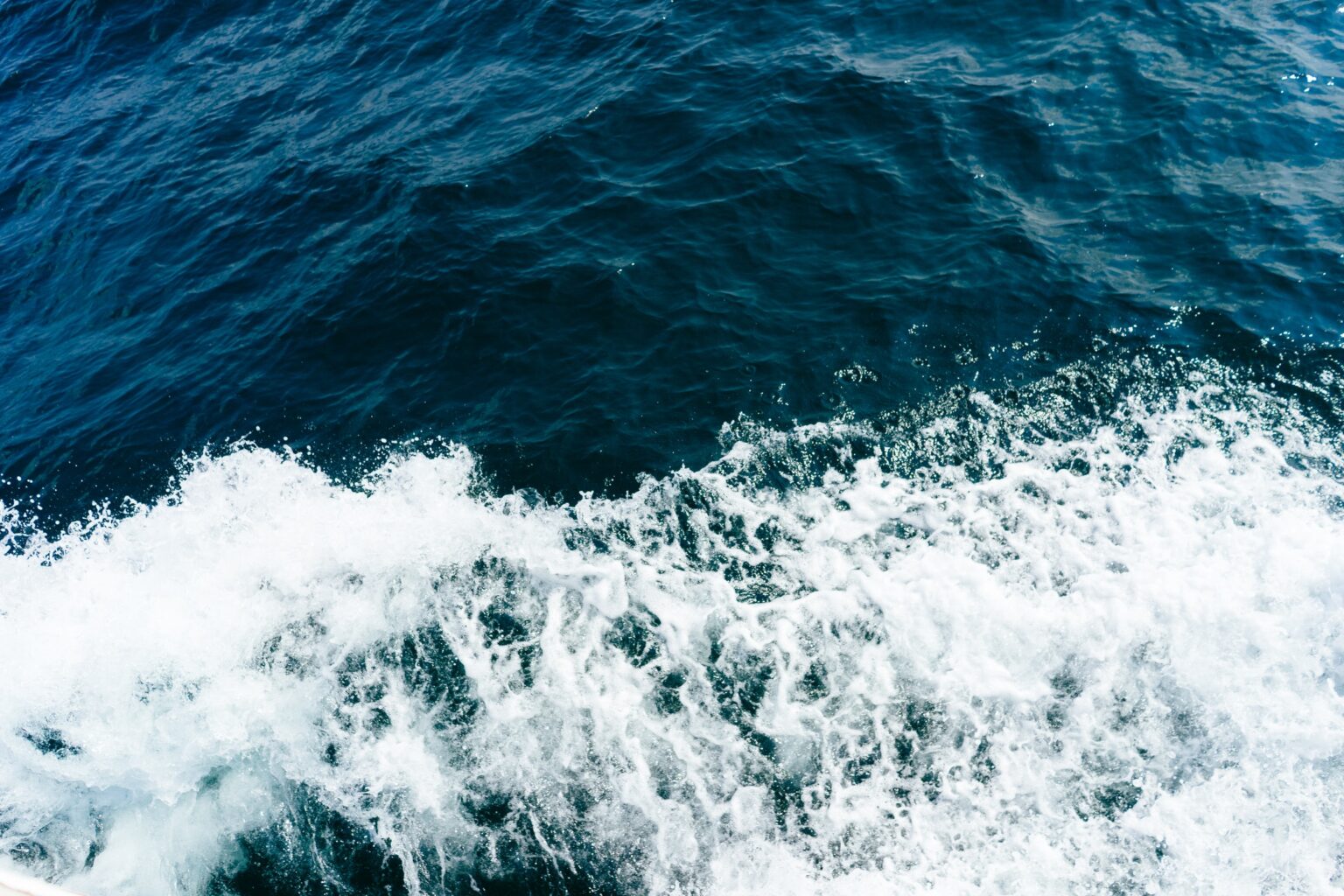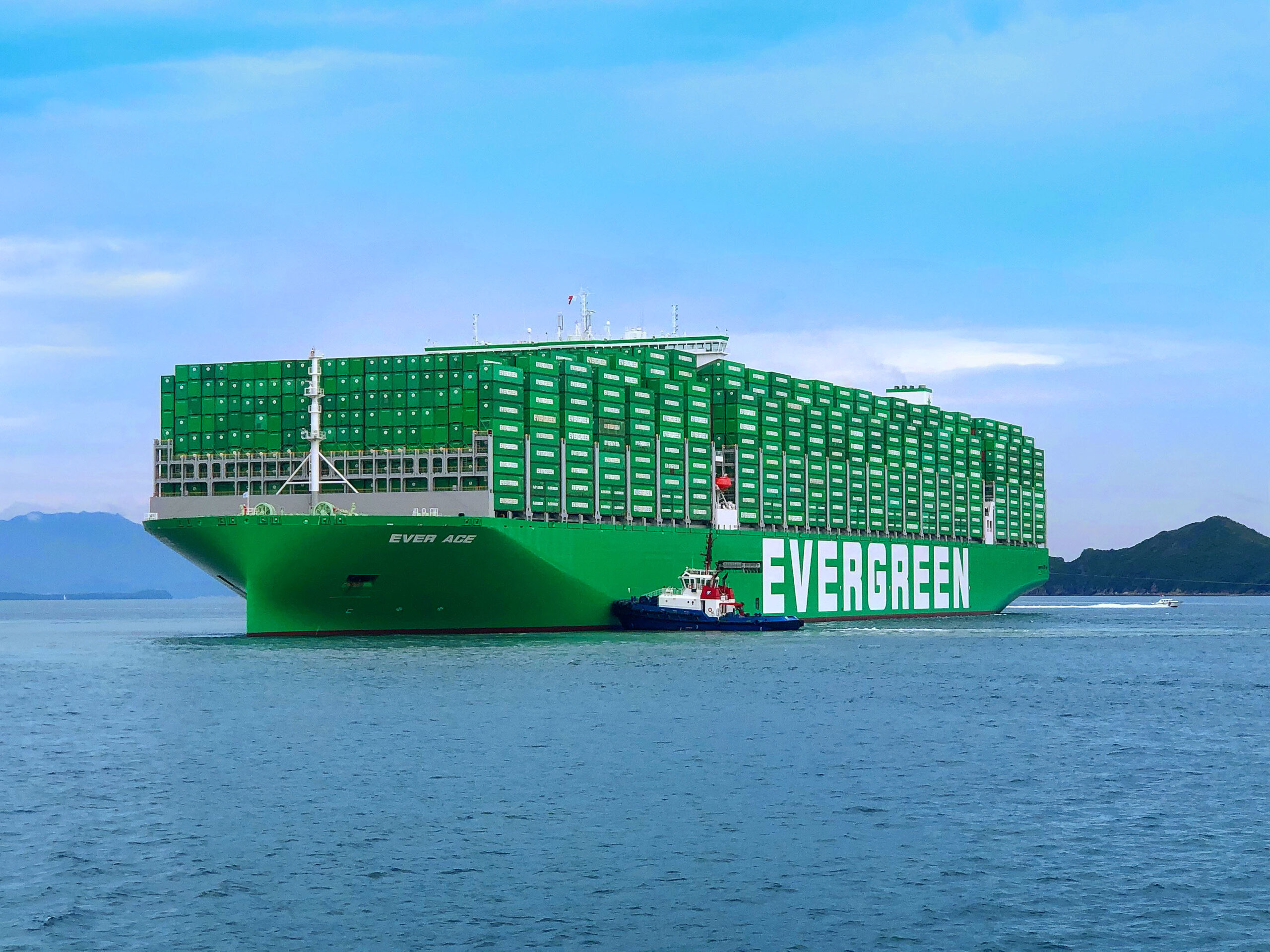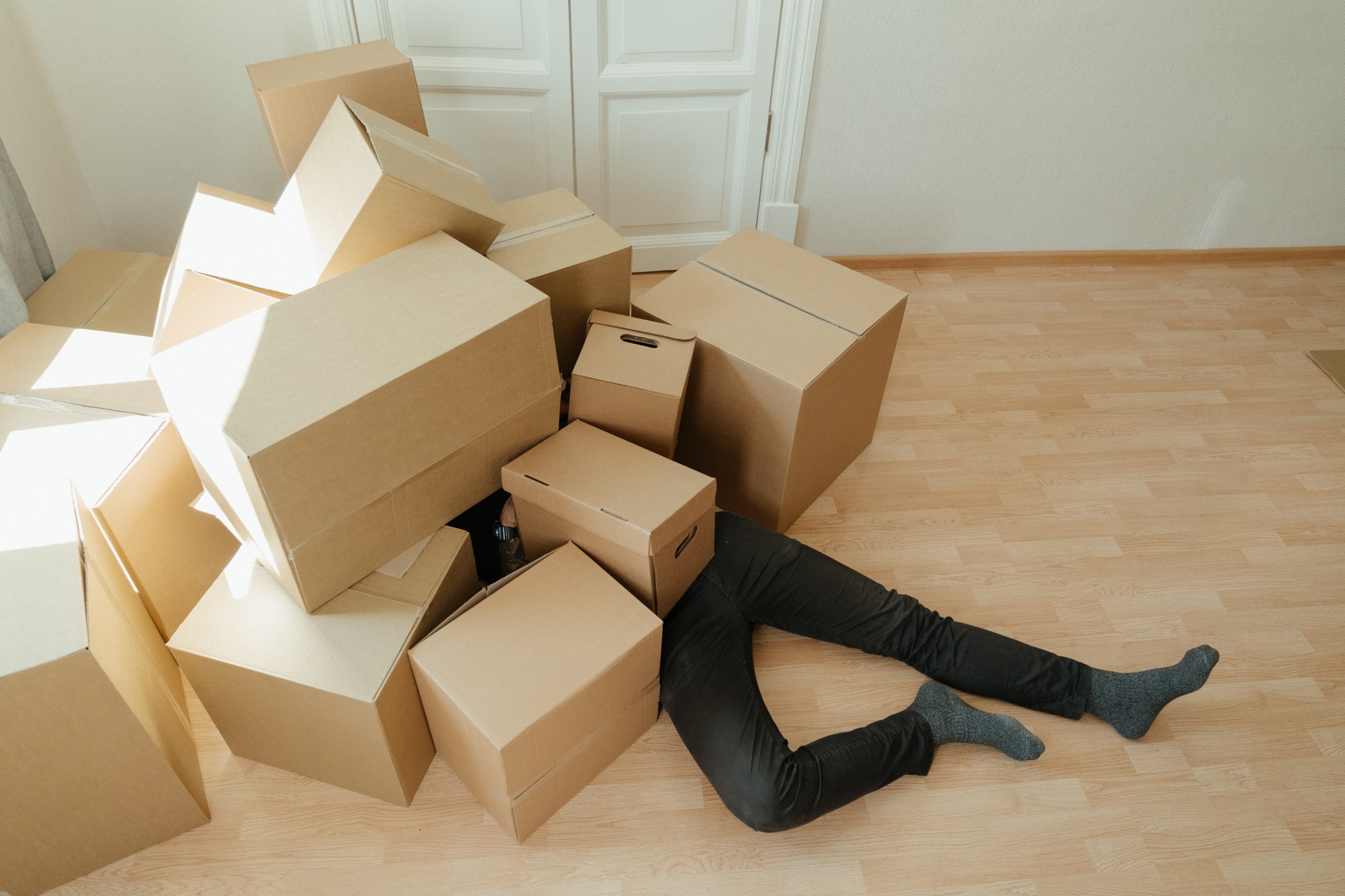It is no secret there is an increasing need for innovative and sustainable transport alternatives. We interviewed René Fjord, our Head of Overseas for Greencarrier Freight Services, to get some answers about good logistics, the future of sea freight and the first 23,000-TEU LNG-powered containership.
Hi René, what is good logistics?
For me, good logistics it is to facilitate multi-mode solutions that will enable our customers to grow their business, while creating a mutual understanding of the benefits of a long-term co-operation.
Sustainable logistics solutions are close to the heart of Greencarrier. How can we make it easy for the customers to choose sustainable logistics solutions?
The demand for sustainable solutions is already increasing rapidly. We expect that sustainability will grow into becoming a factor more important to customers in general, than only competitive pricing. As a company, we need to continuously develop sustainable solutions and provide them to our customers.
How sustainable is sea freight as a transport mode?
From a per unit perspective, sea freight remains a sustainable transport mode. Although, when factoring in the volume of cargo moved on sea worldwide, it’s clear that alternative and more sustainable sources of low-emission energy needs to be developed, to be in line with customers’ expectations and values.
How does the future look for sea freight?
For Deep Sea ocean transport between continents the future looks challenging. External events like a global pandemic, change in consumer behaviors and political unrest, is changing the future landscape, which creates structural challenges. Same events are making the future of Short Sea inter-regional ocean transport looking brighter. In Europe, there is a political focus to shift the dominating road transport to more environmentally friendly solutions, such as short-sea and rail. We see both of these transport alternatives growing faster than Ocean and Air freight, even when cleaned from Covid-19 impact.
Last week Greencarrier Freight Services loaded cargo on a special vessel, which is part of the maiden journey for CMA CGM JACQUES SAADE. Could you tell us more?
Yes, we are happy to have cargo onboard and be part of the maiden journey for CMA CGM JACQUES SAADE, the first 23,000-TEU, LNG-powered containership in the world. Packed with an extensive array of environmentally friendly technologies, this is a big step in the right direction of making Ocean freight more sustainable. According to schedule, ETD was September 25th from Shanghai, and ETA is planned November 5th in Hamburg.
You mentioned LNG, what is that and what is the advantage compared to heavy fuel?
Natural gas is particularly important for companies that have previously relied on oil. With gas, they have got a more efficient and cleaner processes reducing sulfur dioxide emission with 99% and 20% less CO2 compared to normal fuel used in the industry. LNG stands for Liquefied Natural Gas and consists mostly of methane. When natural gas changes from gas to liquid, at minus 162 degrees, it decreases in volume over 600 times and can be efficiently transported in tanks on a boat, train or tanker. LNG is colorless, non-toxic and odorless. Liquid biogas, LBG (Liquefied Bio Gas), is biogas that is cooled and can be used in the same way as LNG. In the same way that natural gas has opened up the market for biogas, LNG will support a market development for liquefied biogas.
Looking from a Greencarrier perspective, how important is this? We asked our Head of Sustainability, Åsa Leander.
It is important that we keep up with the possibilities and developments within the transport & logistics industry to ensure that we reduce our relative footprint. This can only be done in collaboration with our customers and suppliers, and CMA CGM going into LNG fuel is one of many important steps for us along the way. We are happy to see that an increasing number of clients are looking for more sustainable solutions, and we can only predict that this interest will grow even more. Our Green Solutions are our very best sustainable logistics options available today, and we keep developing them as new, cleaner and more efficient solutions come along. This is an exciting time to work with sustainability in the logistics industry, a lot is happening right now in terms of better fuels, clean energy and new technology – and the future of logistics looks both greener and better than ever.
What are your thoughts on sea freight and the future? Share in the comments! At our website you can find more information about sea freight in particular, or transport solutions in general. And if you have any questions about green solutions or freight, you can contact us here.




